3 Delicious Stuffing Recipes For Thanksgiving
These delicious recipes are a perfect pairing with roast turkey; either one or all three will make a delicious addition to your Thanksgiving table. They're worth the extra effort.
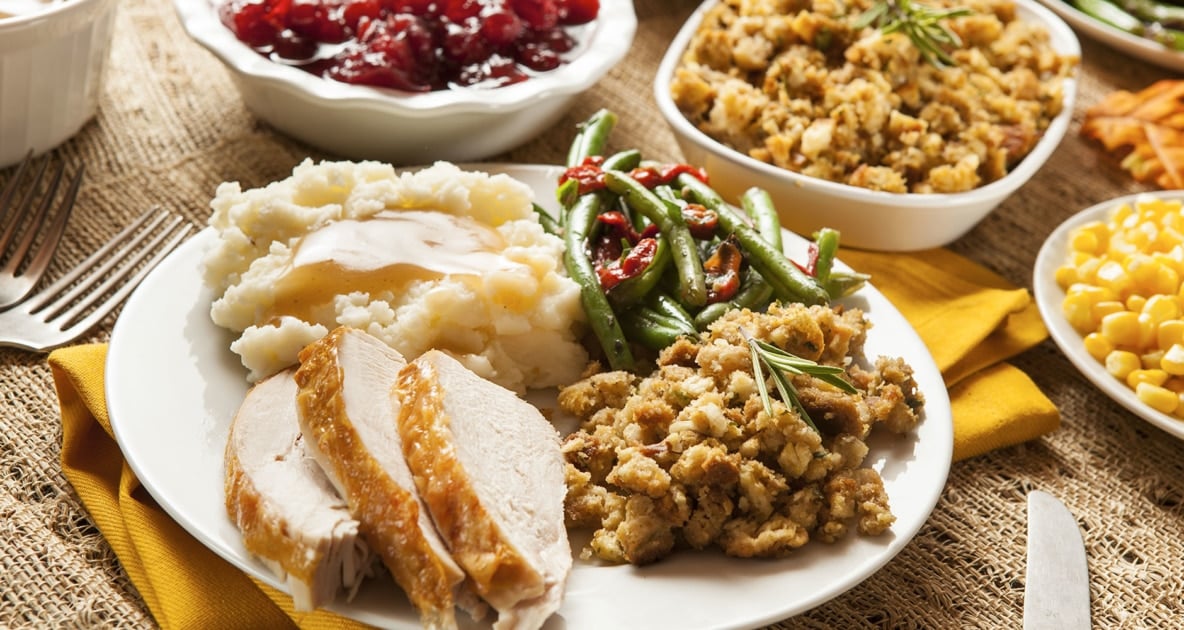
Many people believe that the key to great Thanksgiving stuffing (or dressing) is the bread: if you have great bread, you will have great stuffing. But in my years of cooking, I have found that most stuffing bread cubes in the bag are just as good, not to mention a real time-saver. The real key to great stuffing is the broth, and most of us have plenty of that on hand as the bird is roasting.
Fun Fact: National Stuffing Day is November 21st each year!
It Starts With Broth!
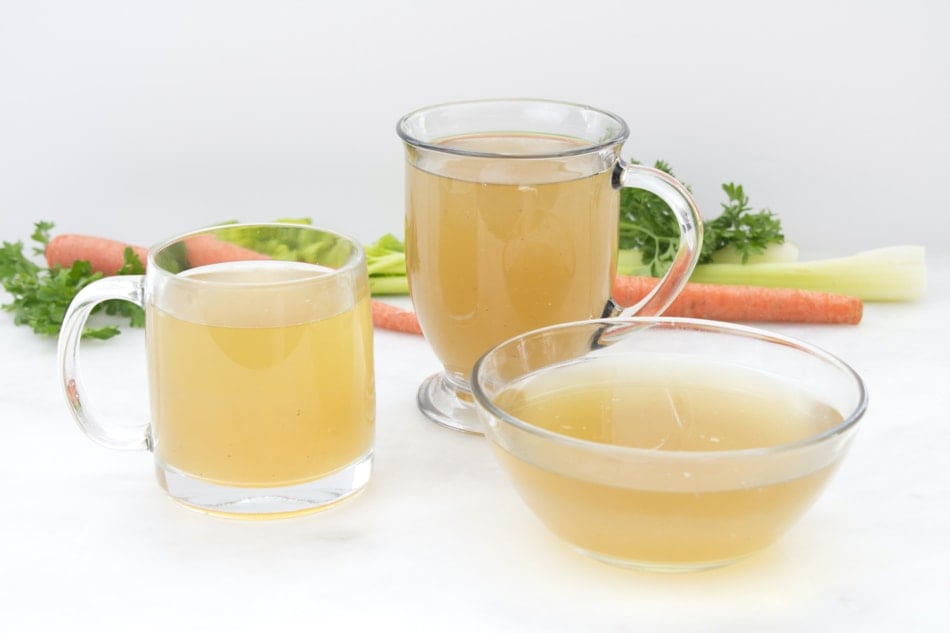
One of the first things my grandmother did on Thanksgiving morning was to take the neck and giblets from the cavity of the turkey and throw them into a stock pot with a quartered onion (peel on), some celery stalks with tops, a carrot or two (also with tops), and some parsley stems. And then she just let it simmer for hours, fortifying it with extra pan drippings from the roasted bird. Some people add some bouillon cubes or chicken base. Whichever you choose, remember the secret to tasty stuffing is in the broth.
I tend to start all my stuffing recipes with bagged stuffing bread cubes, such as Pepperidge Farm®, and then make additions. Not that I have anything against using a loaf of good stuffing bread, hand cubed and toasted in the oven and adding my own blend of fresh or dried herbs. But the best advice I can give for magnificent stuffing every time is this: add your homemade broth by eye, rather than by following a recipe for the exact amount. There are too many variables in the dryness of the bread. You are aiming for a moist stuffing, but not something so saturated that the bread cubes lose cohesion. The chances of that happening are less when you use a bagged mix because in the bag, the bread is as dry as dry can be.
Perfect Stuffing: A 5-Step Process
Foolproof stuffing is basically a five-step process:
- Sautee your onions and celery in the butter
- Prepare your additions
- Toss everything together with your bag of stuffing mix
- Ladle on your homemade turkey broth and mix until you achieve that desired moistness; and then
- Bake (either stuffed in the bird, or in a casserole dish).
NOTE: for safety, stuffing in the bird must reach 165°F. If your turkey is done to 180°F (thigh), and the stuffing is not quite up to temp, remove it from the bird and finish baking it in a dish.
Here are three stuffing recipes that traditionally go well with roast turkey; either one or all three are perfect for your Thanksgiving table:
Traditional Oyster Stuffing
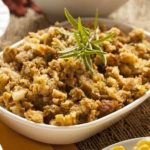
- 2 pint-containers shucked oysters (found at the fish counter of your supermarket this time of year), reserve juice (a.k.a. “liquor”)
- 1 ½ sticks butter, divided
- 1 14 oz bag of your favorite cornbread stuffing mix
- 3 ribs celery, finely chopped
- 3 medium yellow onions, finely chopped
- 4 slices thick-cut smoked bacon, diced. Applewood smoked is my favorite, but hickory is delicious too, your choice.
- 1/3 cup chopped flat-leaf parsley
- Kosher salt to taste
- Freshly cracked black pepper to taste
- 3 tablespoons dry (Fino) Sherry
- Your own turkey broth, approx. 2 ½ cups (but remember, go by eye).
Preheat oven to 400°F.
Strain oysters in wire mesh strainer, reserving liquor.
Fry bacon slices until just crisp, drain and set aside.
Next, sauté the onions and celery in one stick of the butter until translucent. Allow to cool a bit.
In a large mixing bowl, add the stuffing cubes, onions and celery, parsley, bacon, and oysters. Add salt and pepper. Toss gingerly with your hands until well mixed. Be careful, the oysters are very delicate, try not to damage them too much while mixing.
Sprinkle the sherry and ladle on some oyster liquor and broth, and gently toss again until the stuffing is as moist as you want it. Make it a bit on the dry side if it’s going in the bird. Otherwise, place in an oven-safe dish. Adorn with the remaining butter in pats around the dish.
Bake for 35-40 minutes or until the top is golden brown and a bit crispy.
Chestnut-Sausage Stuffing
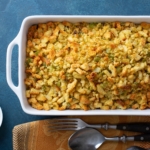
- 1 (14 oz.) bag of your favorite herbed stuffing mix
- 1 ½ sticks butter
- Approx. 2 dozen roasted chestnuts, peeled and coarsely chopped (enough for 2 cups). These can be purchased at any grocery store at this time of year. Usually in the produce aisle, in the bulk foods section.
- 1 tube bulk breakfast sausage, regular flavor
- 3 ribs celery, finely chopped
- 3 medium yellow onions, finely chopped
- 1/3 cup chopped flat-leaf parsley
- Kosher salt to taste
- Freshly cracked black pepper taste
- Your own turkey broth, approx. 2 ½ cups (but remember, go by eye).
Preheat oven to 400°F.
Slit chestnuts with the grain of the shell on their flat sides with a sharp knife and then roast, preferably on a grate set close over charcoal, turning occasionally until they split open. Don’t worry if the shells get a little charred. The smoky flavor you get makes this extra effort worth it.
Wrap the hot chestnuts in a clean kitchen towel and allow to steam a bit, which will make peeling easier. Peel chestnuts carefully, you don’t want any of the rough bran layer, just the sweet meat. Chop the chestnuts coarsely and set aside.
In a skillet, brown the sausage meat, breaking it up fairly small as you go. Drain the excess fat and set aside until cool enough to handle.
Next, sauté the onions and celery in one stick of the butter until translucent. Allow to cool a bit.
In a large mixing bowl, add the stuffing mix, onions and celery, parsley, chestnuts, and sausage. Salt and pepper to taste. Toss to combine well.
Now begin to ladle on the broth, tossing as you add, to moisten the stuffing to where you want it. If it’s going in the bird, make it a bit on the dry side.
Otherwise, place stuffing in a baking dish, adorn with the rest of the butter and bake for 35-40 minutes until the top is golden brown and a bit crispy.
Wild Rice and Mushroom Stuffing
- 1 cup wild rice
- 3 cups water
- 1 (14 oz.) bag of your favorite herbed stuffing mix
- 1 ½ sticks butter
- 3 ribs celery
- 3 medium yellow onions, finely chopped
- 4 cups assorted mushrooms (cremini, button, shiitake, chanterelles if you can find them), sliced 3 ribs celery, finely chopped
- 1/3cup cup chopped flat-leaf parsley
- 1 tablespoon fresh thyme, chopped
- Kosher salt to taste
- Freshly cracked black pepper to taste
- Your own turkey broth, approx. 2 ½ cups (but remember, go by eye).
Preheat oven to 400°F.
Bring the 3 cups of water to a boil. Stir in the wild rice and return to a boil.
Then cover, reduce heat to low and simmer until most of the kernels split open, but are still straight. If they begin to curl, the rice is overcooked. All of the water will not be gone.
Drain, then fluff in the saucepan with a fork over heat until the rest of the moisture evaporates.
Then spread on a plate and allow the wild rice to cool.
Sauté the onions and celery in one stick of the butter until almost translucent.
Then add the mushrooms and continue to cook until the mushrooms begin to shrink and get glossy. Allow to cool a bit.
In a large mixing bowl, add the stuffing mix, onions and celery, parsley, thyme, wild rice, and mushrooms. Salt and pepper to taste. Toss to combine well.
Now begin to ladle on the broth, tossing as you add, to moisten the stuffing to where you want it. If it’s going in the bird, make it a bit on the dry side.
Otherwise, place stuffing in a baking dish, adorn with the rest of the butter and bake for 35-40 minutes until the top is golden brown and a bit crispy.

Edward Higgins
Edward Higgins is a freelance writer, artist, home chef, and avid fly fisherman who lives outside of Portland, Maine. He studied at Skidmore College and Harvard University. His article 10 Best Edible Insects appears in the 2020 Farmers' Almanac.

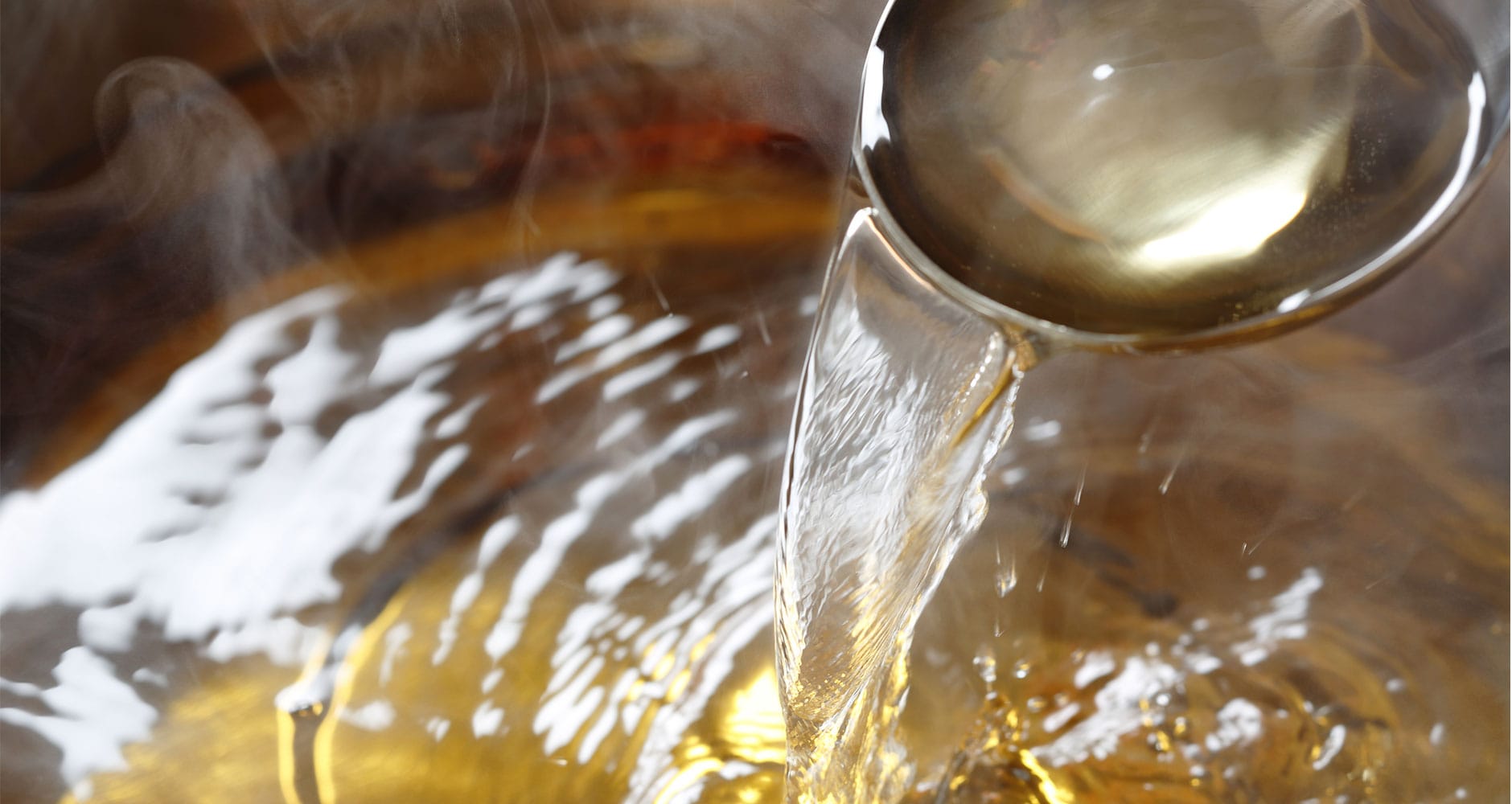


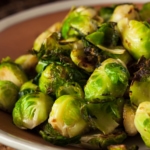
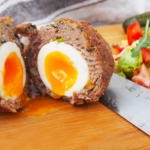

I enjoyed all of these recipes very much. There is one thing with which I would say: no packaged stuff can match homemade cornbread and a few slices of cubed day-old bread. I always soak the bread cubes in a little milk for about 10 minutes. Bagged stuffing: UGH!!! I have found that good bought broth does just as well. I buy the unsalted and salt it myself
Yum! We are hungry now! Thanks for the tips! Can’t wait to make some stuffing.
So true, Thomas. However, I buy some chicken thighs, boil them in water and make broth; lift out the thighs, de-bone; make chicken salad and use the broth for my dressing or stuffing. I like bone-in chicken thighs with a lot of fat on them. So much better than the bought broth.
So good!
My family always used milk instead of broth. Makes the stuffing creamier and enhances the seasonings & celery & onions.
Shame you do not have a southern staple–cornbread stuffing.
Thanks.
Does this goes with fried turkey?
Hi Jaime, sorry if I wasn’t clear. You want to toss the oysters themselves, whole, into the dry stuffing mix. Do this gently, by hand. This is oyster stuffing after all 🙂 With the juice you save, plus your broth, you moisten the stuffing to your desired consistency. You can toss as much of the juice and broth as you like into the stuffing before baking. How moist you like your stuffing is a matter of preference. Think of the juice as just another component of the broth, but the oysters themselves, interspersed into the stuffing mix, are the main attraction.
Sorry – I forgot to specify that I was talking about the oyster stuffing – do you want any actual oyster in the stuffing? Or just the juice?
Jaime, I just use a standard mesh kitchen strainer, the round kind with a handle that you find in any kitchen store… Yes, just enough to let the juices (liquor) through, while keeping the oysters intact. You don’t need to use a super-fine mesh like you find in a tea strainer. I find the oyster stuffing more of a delicate, subtle experience. You want the taste of the oysters to come through, and they should still be tender. They sort of steam in the moist stuffing. If you really overcook them, they tend to be a bit rubbery.
Edward –
Thanks a lot for taking the time to write out all of this great Thanksgiving day information for us!
Just in the nick of time.
-Frelito R.